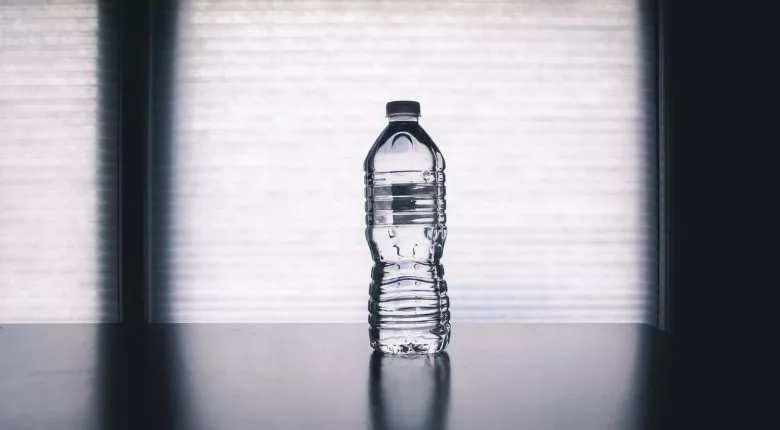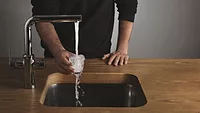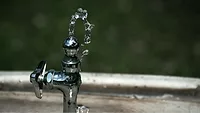New Microscopic Detection Technique Reveals More Plastic in Bottled Water Than Previously Known

Image credit: Steve Johnson via Pexels
Using a new microscopic technique that can detect minute particles of plastic in bottled water, Rutgers Health and Columbia researchers have discovered that, on average, one liter of water contains approximately 240,000 detectable plastic fragments, which is 10–100 times greater than previous estimates based on larger sizes of plastic. The researchers warn that these nanoplastics can pass into human blood, cells, and placenta with unknown health effects.
Scientists have begun to find ubiquitous evidence of microplastics in the environment, food, drinking water, and the human body. Nanoplastics, which are far smaller than microplastics and are smaller than one micrometer and measured in billionths of a meter, can pass through environmental filters and biological barriers, including the lungs and intestines. From there, the plastic particles can travel to organs, including the heart, brain, and placenta. They can even invade individual cells and cross through the placenta into the bodies of developing fetuses.
For the new study, researchers used a technique called stimulated Raman scattering microscopy, which was co-invented by Wei Min, Ph.D., a Columbia biophysicist and coauthor of the study. The technique involves probing samples with two simultaneous lasers that are tuned to make specific molecules resonate, enabling the identification of seven different polymer types of nanoplastics. Targeting seven common plastics (polyamide 66, polypropylene, polyethylene, polymethyl methacrylate, polyvinyl chloride [PVC], polystyrene, and polyethylene terephthalate [PET]), the researchers created a data-driven algorithm to interpret the results.
The researchers tested three popular brands of bottled water sold in the U.S., analyzing plastic particles down to 100 nanometers in size. They found 110,000–370,000 particles in each liter, 90 percent of which were nanoplastics—the rest were microplastics. The scientists also determined which of the seven specific plastics they were and charted their shapes to inform future research.
Significant types of plastic found in the bottled water were PET, used in packaging, and polyamide, a type of nylon. The seven types of plastic the researchers targeted accounted for only about 10 percent of all the nanoparticles they found in samples. The researchers do not know the identity of the other 90 percent of plastics found in the samples.
Looking for quick answers on food safety topics?
Try Ask FSM, our new smart AI search tool.
Ask FSM →









